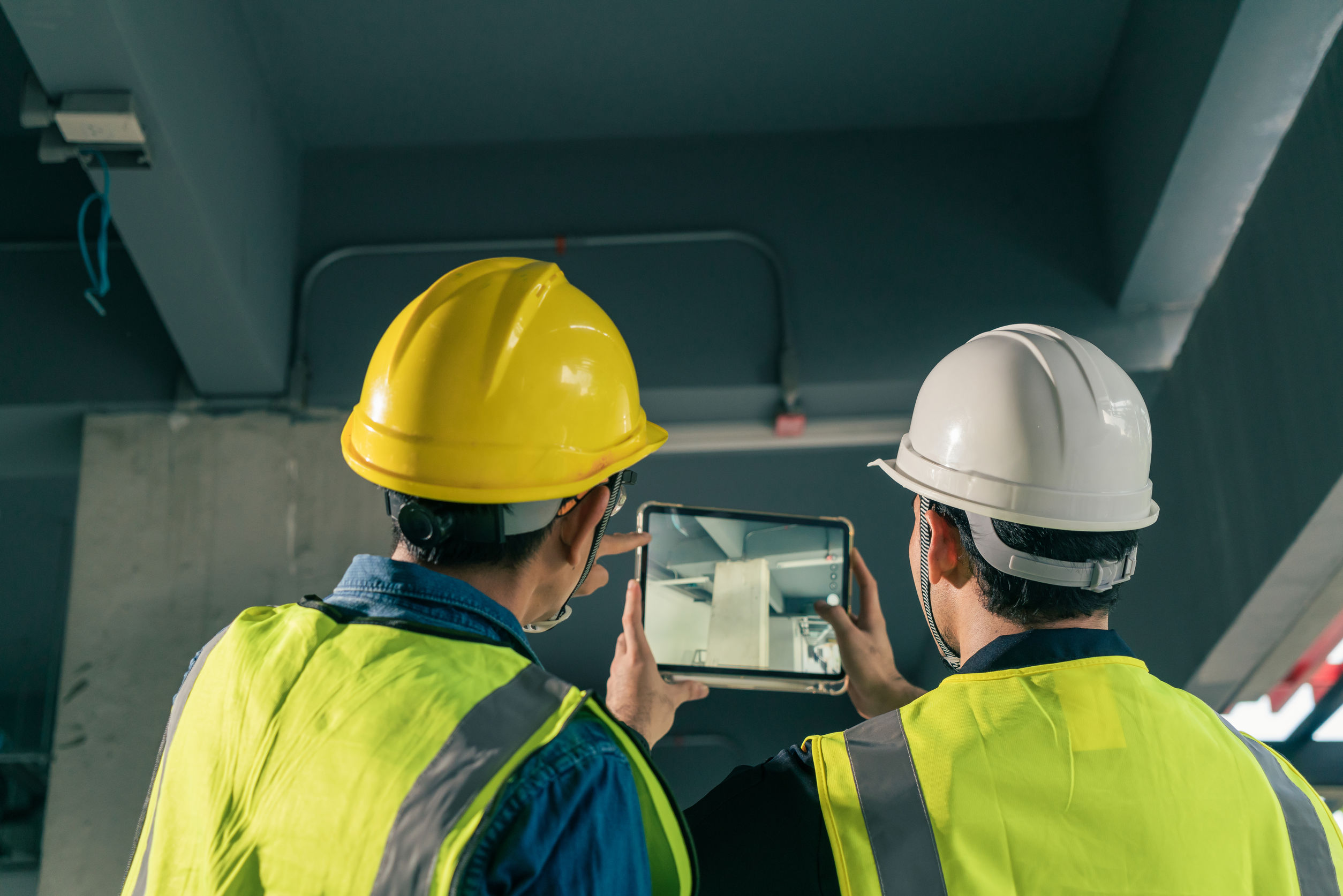BIM enables transparency.
As a first step, our architects create their model. Then it is gradually supplemented by specialists from various fields such as structural engineers or fire safety experts. Therefore, the connectivity of people using BIM tools facilitates planning processes. Finally, BIM ensures total transparency of the project, costs and timing throughout the entire life cycle of the building.
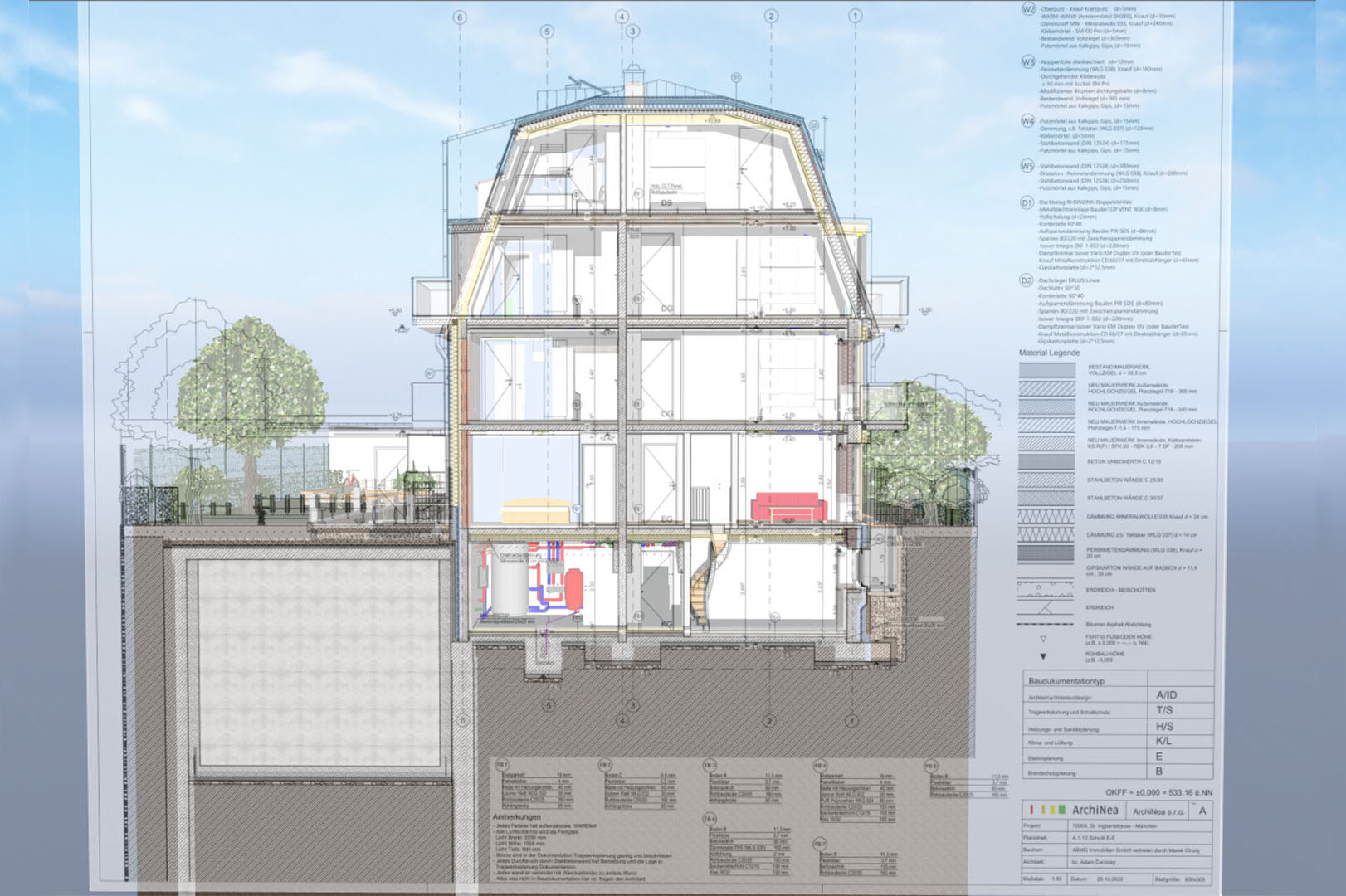
We prevent collisions.
During the design phase BIM helps to prevent collisions of various pipelines and equipment with the building structure, thanks to the collaboration and control of all the professionals involved. As a result, we are able to find the best solution almost immediately.
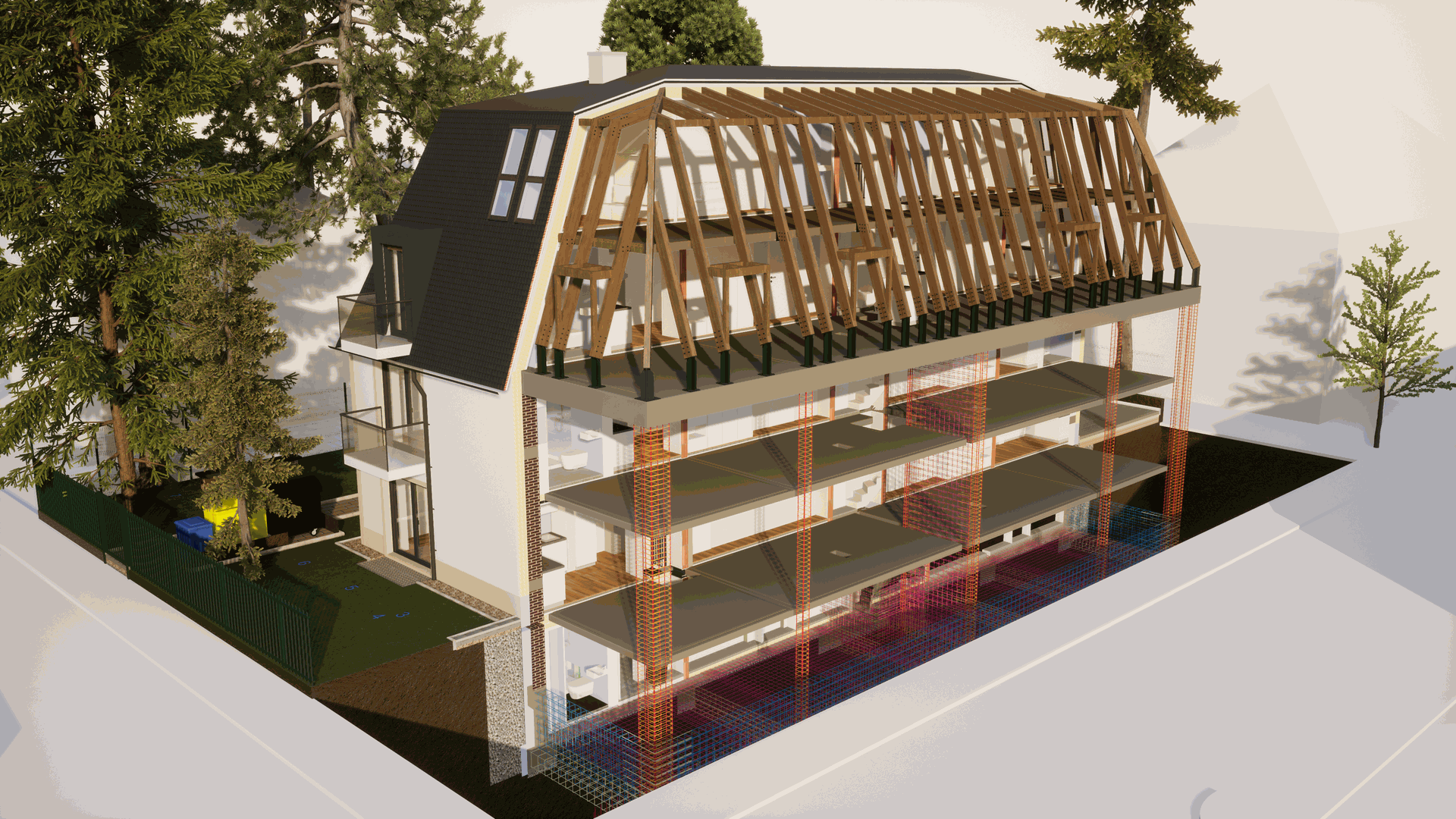
We integrate changes.
Thanks to BIM, we reconsidered the use of a steel roof structure in this particular building. Finally, we opted for wood, which has proved to be a more suitable material for insulating the roof structure.
By doing that, we significantly limited the heat loss. In addition, we are able to instantly evaluate all changes in terms of costs, material availability and time needed. Moreover, every investor can see all changes in real time using the programme. At any time, he can access it and add his requirements. Equally important is that planning structural details allows us to find better solutions. For example, we can optimize the insulation of the building and make the most out the space.
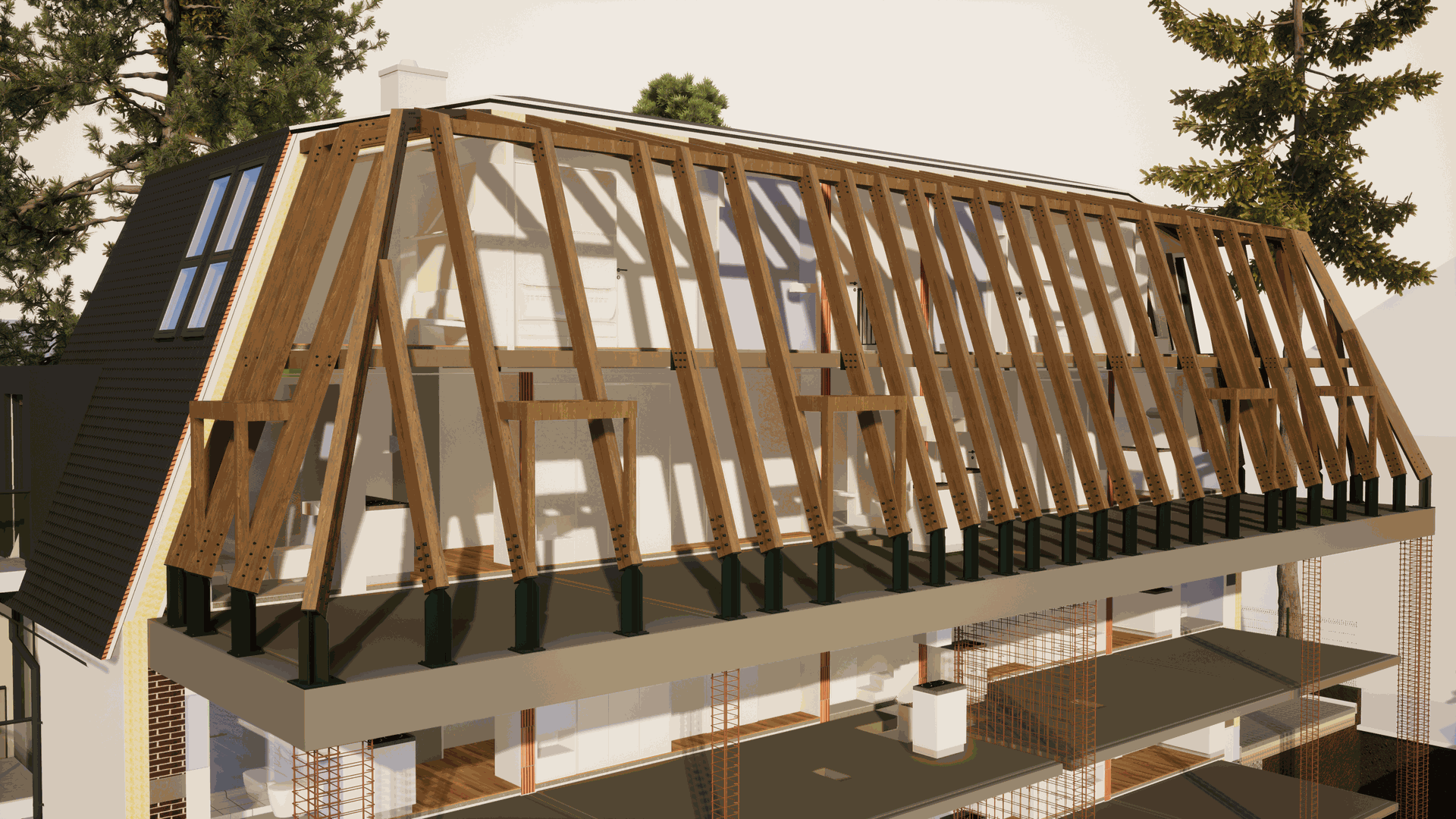
We avoid mistakes.
Using BIM, we can plan the routes of all pipelines in 3D, which will make any future repairs easier and save expenses.
Beside that, we can see the structural solutions aligned with the architecture and analyse the penetrations through the supporting structures in detail. In this way we can prevent errors arising during construction. Finally, BIM greatly simplifies the planning, construction and even the subsequent management of the building.
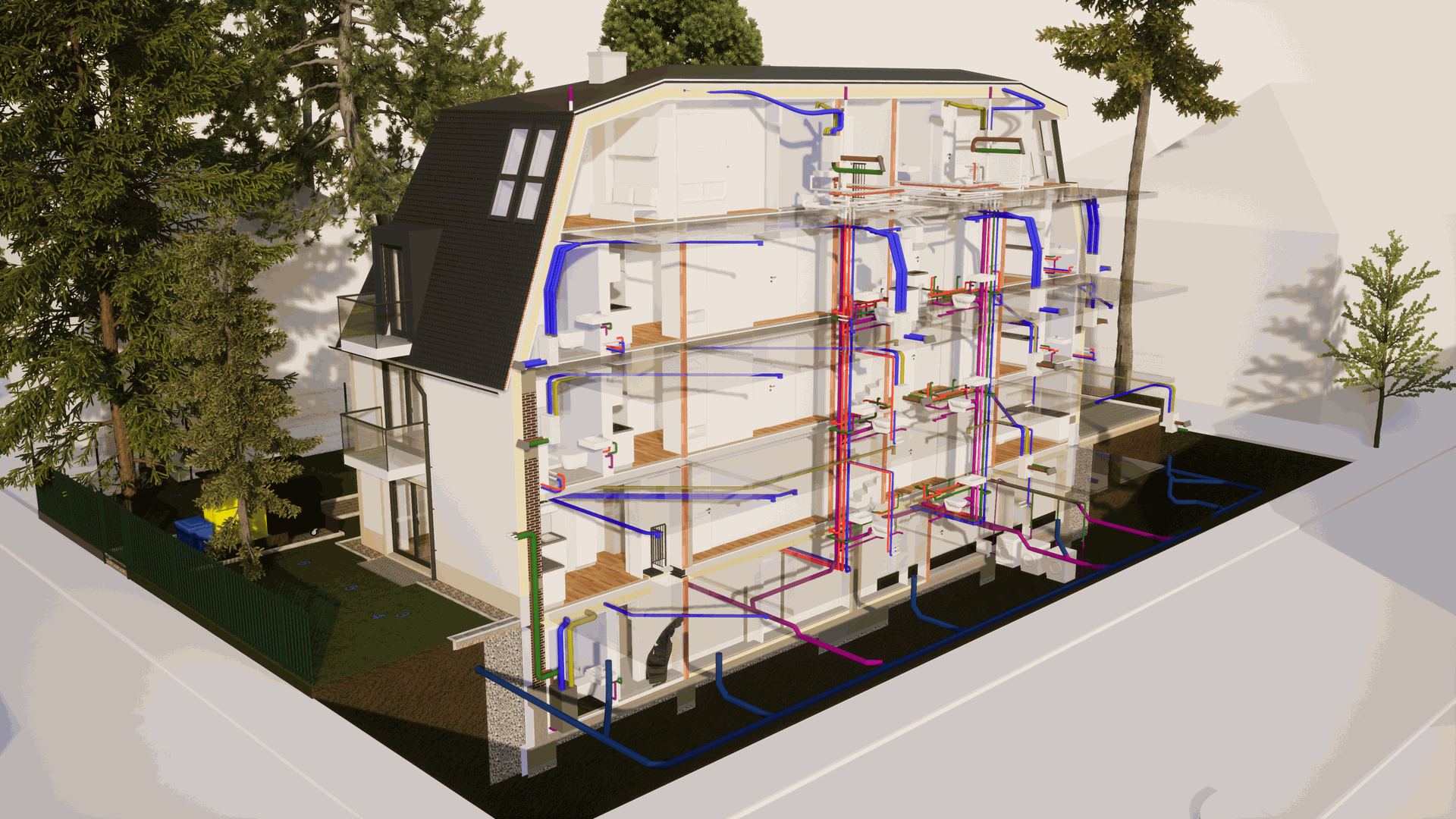
We eliminate unnecessary costs.
BIM allows us to accurately assess the quantity of materials required and thus avoid unnecessary costs. In the case of changes, we can immediately determine the cost difference of various options and find the best solution. That is how BIM simplifies life of both investors and users. And so the building retains its value throughout its life cycle. Regarding this, we always prefer durable materials.
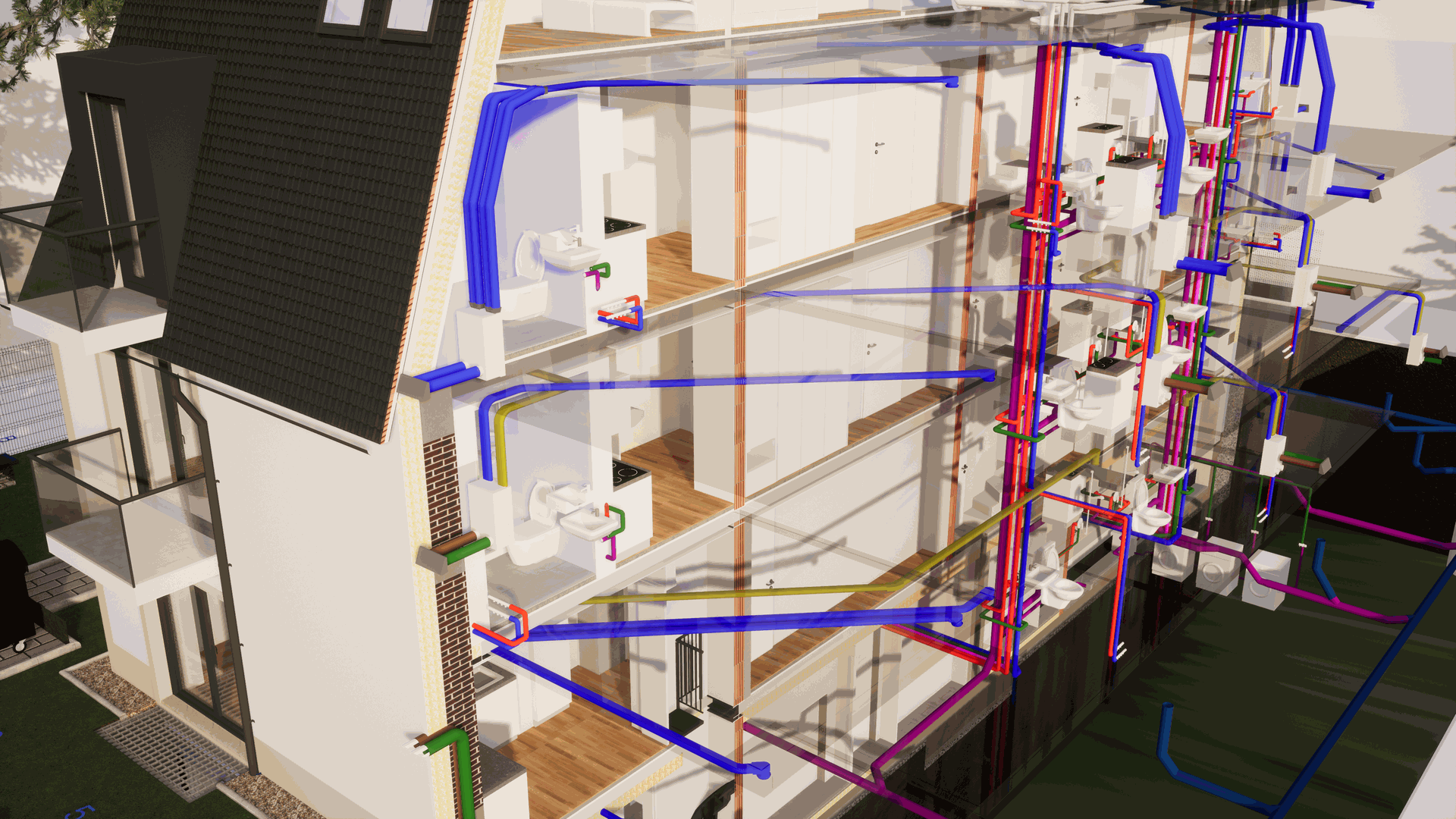
We have an accurate overview of the work.
We see the progress of the construction work on site. That simplifies control throughout the construction process, which includes real-time 3D simulation of the construction linked to the price. As a result, this enables us to meet deadlines even in challenging situations, such as when completing the work in segments.
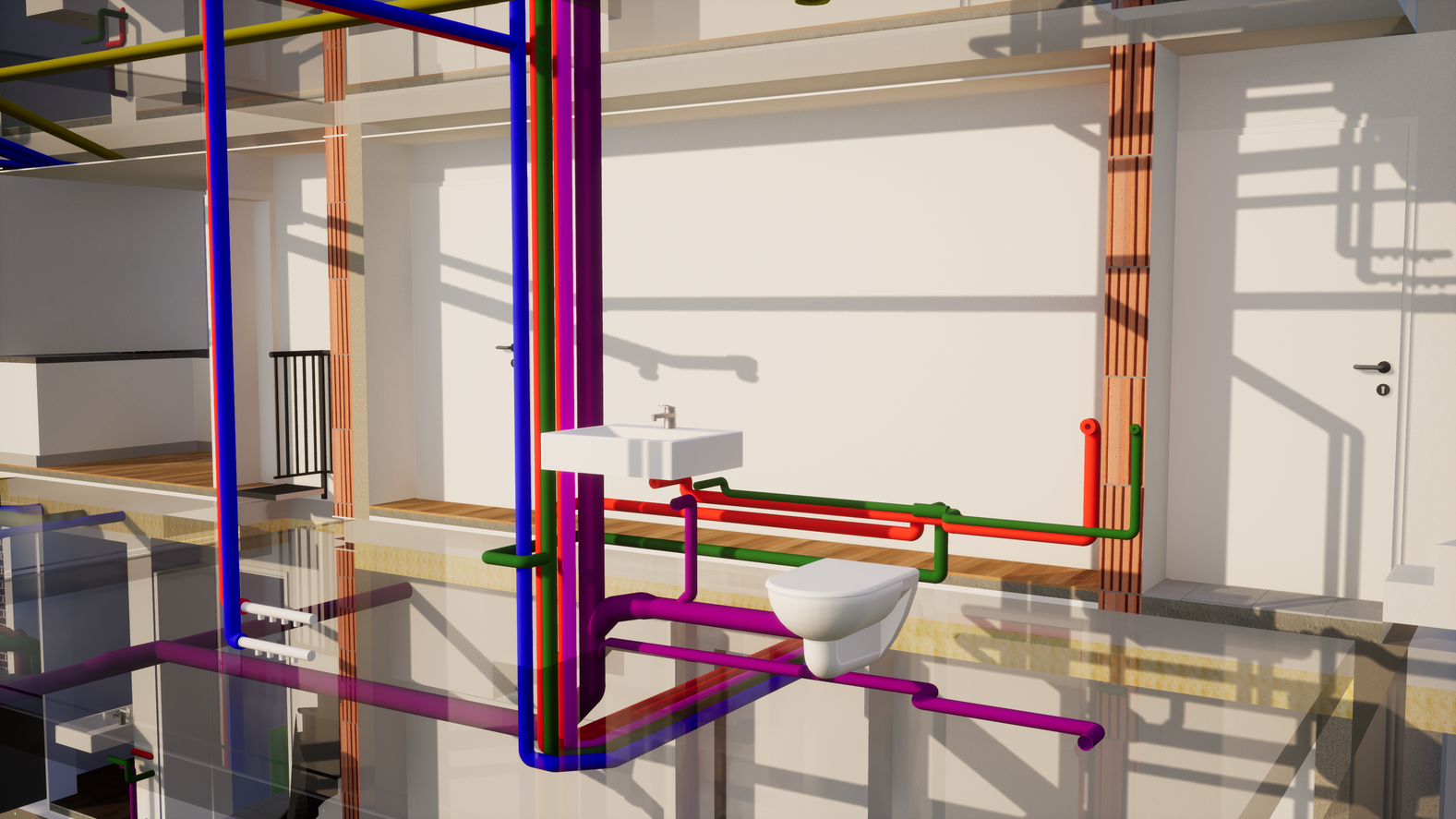
We guarantee quality.
Finally, our priority is the satisfaction of both the investor and the user. Therefore we use our cutting-edge data analysis at all stages of the project. Thanks to the efficiency of our work, we protect the environment and create the best living-in conditions possible.
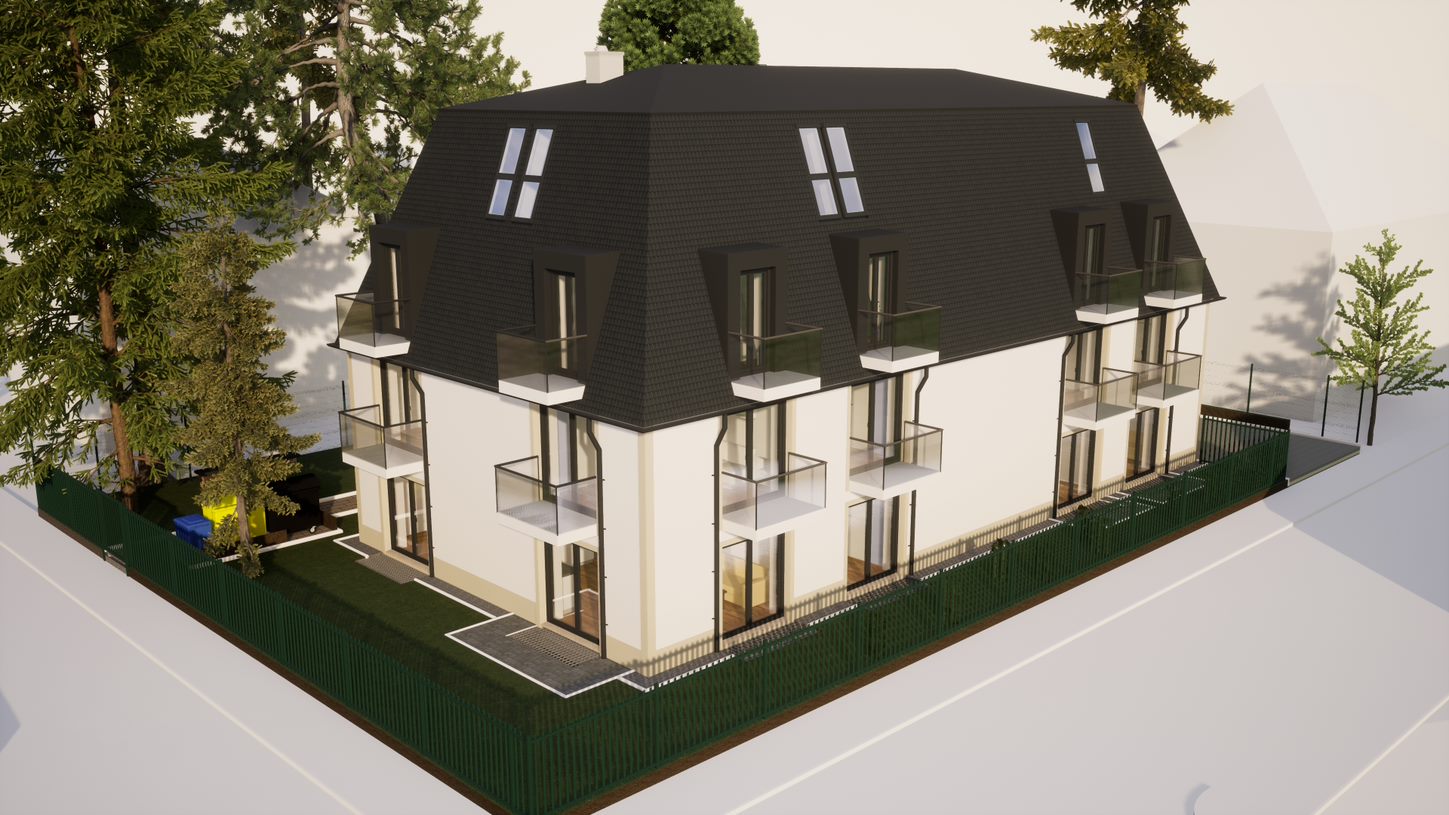
We facilitate building management.
Likewise for building management, we have the information about all the equipment used in the building and their revision needs. After analysis, the building manager receives information about the need for an upcoming inspection and who carries it out. All data is documented and linked to the BIM model.
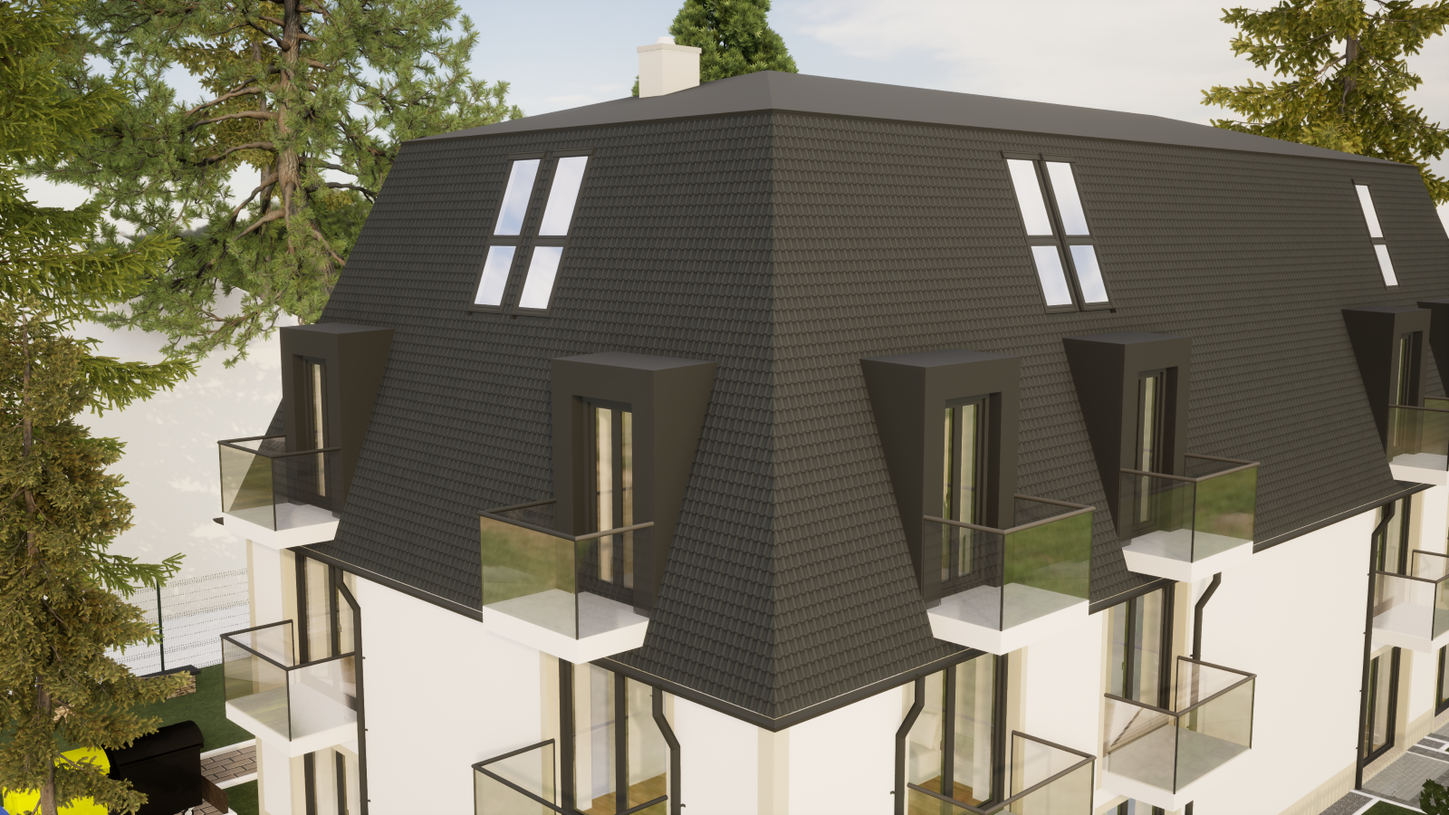
What is BIM ?
Building Information Modeling (BIM) is a digital technology that enables architects, engineers, contractors, and other professionals to create and manage a digital model of a building.
That 3D model includes additional information such as material specifications, construction schedules, and cost estimates.By reducing costs and by effective budget control, BIM significantly improves project efficiency.
Moreover, it facilitates collaboration between different teams and stakeholders involved in a project.
BIM models can be used throughout the entire lifecycle of a building, from design and construction to operation and maintenance.
In addition to 3D modeling, BIM can also involve other technologies such as cloud computing, data analytics, and artificial intelligence to provide more advanced and sophisticated capabilities for managing and analyzing building data.
